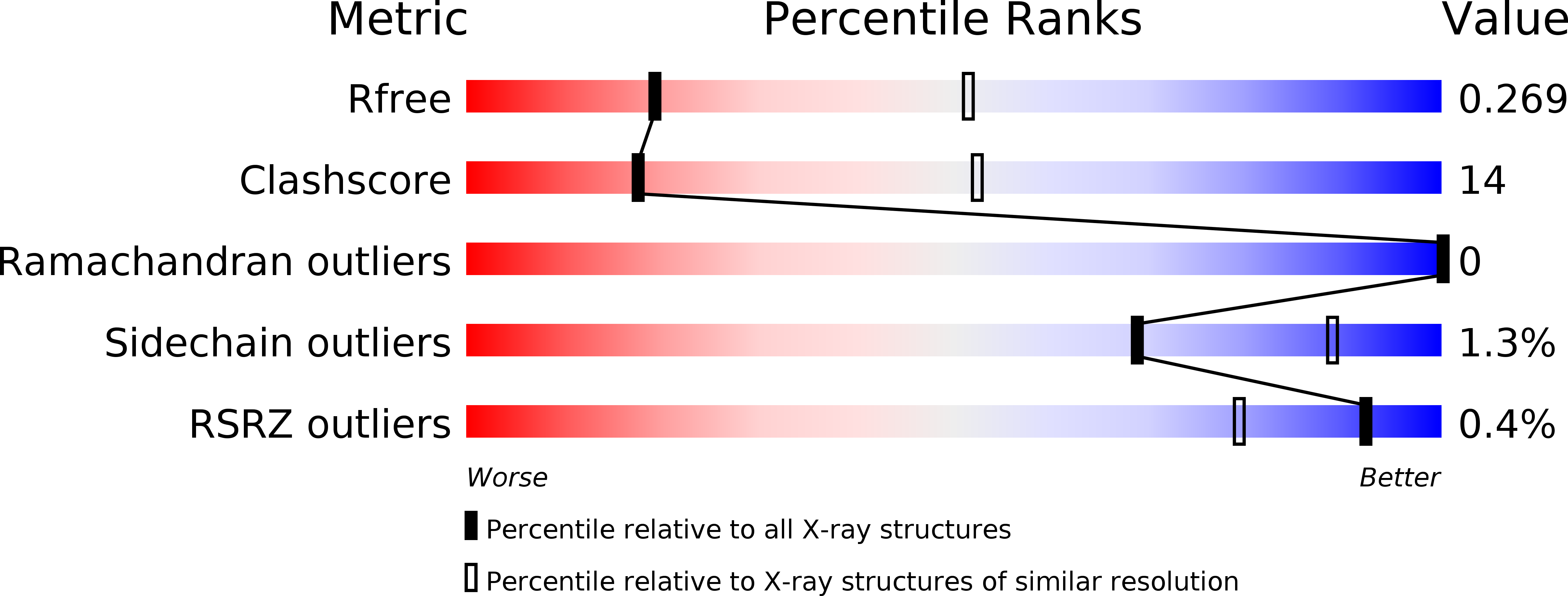
Deposition Date
2013-06-18
Release Date
2013-08-21
Last Version Date
2023-09-20
Entry Detail
PDB ID:
4L9M
Keywords:
Title:
Autoinhibited state of the Ras-specific exchange factor RasGRP1
Biological Source:
Source Organism:
Homo sapiens (Taxon ID: 9606)
Host Organism:
Method Details:
Experimental Method:
Resolution:
3.00 Å
R-Value Free:
0.26
R-Value Work:
0.22
R-Value Observed:
0.22
Space Group:
P 61 2 2


